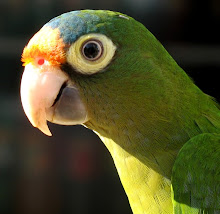Plugged the channel pots into one of the cores and fired it all up to have a play last night - found a few problems which were my bad solder joints - fixed these and everything worked a treat! I know a wise old Chinese man with a long thin beard puffing some herb in a pipe and sitting under a tree would tell a guy like me "it is about the journey and shit" - but I sooooooo wanna get this finished now that it hurts!














































